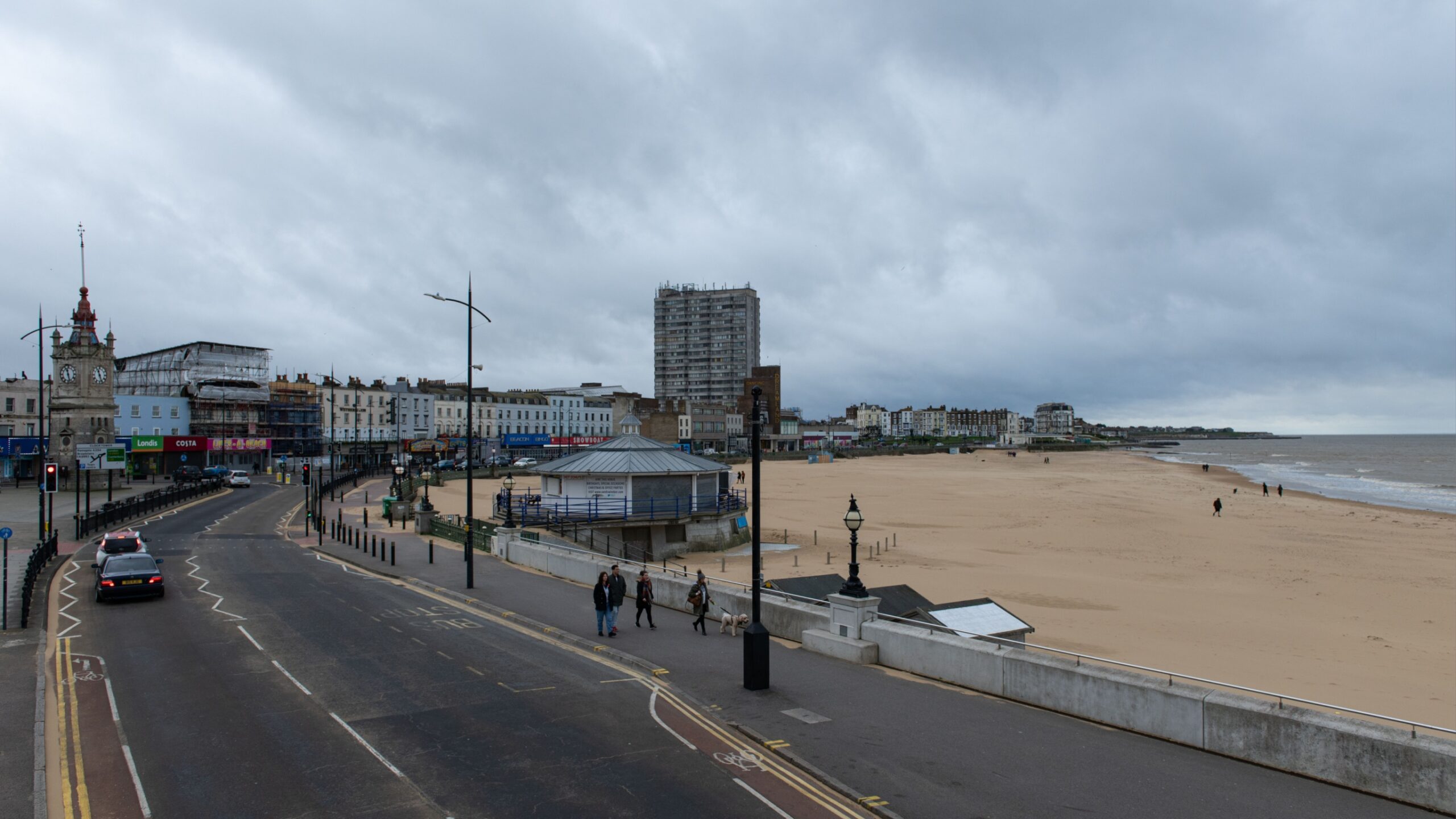Given the likely media habits of Wonkhe’s astute and cerebral readership, you’ve probably had a good fill of Andy Haldane in recent days.
The former chief economist of the Bank of England has hardly been off the news and current affairs shows. First describing the pre-budget speculation as a “fiscal fandango,” and then continuing his sharp critique by lamenting the prospects for economic growth following the announcement last week.
Haldane is best known for his economic analysis but as the author of the Levelling Up white paper (RIP) he is also a thoughtful commentator on all things related to “place” and has taken a keen interest in the civic university agenda. If you are not feeling too over-saturated with Haldane content, it is worth revisiting his essay for the Kerslake Collection last year. In it he celebrated the impact of the civic movement within the sector and the great practice it has fostered, but politely pointed out that the Civic University Commission that Lord Kerslake chaired, and its aftermath, had very little impact on policy.
A place to call home
This government, like the last one, has often spoken about the importance of place. Whether we think of geographical inequality or “left behind places,” across the political spectrum it is recognised that this complex issue is behind much of the political instability we have seen over the last decade. When it comes to why this matters Cabinet Office minister Josh Simmons put it well the other day when he said “Everything we do in policy should focus on place. We all experience the world through where we live and who we live with.”
Policy action has not always matched the rhetoric but to be fair to this government, while critics may argue there is a lack of much needed radicalism when it comes to place, there have been a range of welcome place-based initiatives announced during the budget and over the last few months including the Pride in Place strategy, place-based budget pilots, and local economic growth zones.
For higher education policy specifically, the government has of course included civic engagement as one of its five priorities and the industrial strategy highlights universities as “engines of innovation and skills” that are key to driving economic growth. Nevertheless, it is fair to say that civic engagement is a priority the Whitehall machine is struggling to get to grips with. Universities are inherently policy-domain-spanning institutions – and yet policy ownership of their “civic mission” is restricted to one Whitehall department (Education), where the much more expansive role of universities in driving economic and social growth within their cities and regions is not considered alongside their role in skills and education.
It is not just the fact universities are often thought of as “big schools” by government which limits their role in place-based policymaking, but, as the National Civic Impact Accelerator (NCIA)/Civic University Network outlined recently there is a “profound fragmentation in both policy and place.” The siloed nature of government departments adds complexity and can limit ambition and potential for unlocking the role of universities in supporting their place. As the NCIA report outlines, the different layers of devolution also presents a fragmented landscape in which universities work.
Civic 2.0
So, what can we do about it? Following the NCIA programme we want to build on the success they have had in developing great practice in the sector. We are delighted that the National Co-ordinating Centre for Public Engagement has agreed to host the Civic University Network, convene a national community of practice, and maintain the assets of the Civic University Network and National Civic Impact Accelerator. This ensures continuity for the sector and provides a platform for sharing knowledge and accelerating civic leadership.
In addition to sector-practice we want to start making a difference to policy and overcoming the Haldane critique! A group of universities and funders – the universities of Birmingham, Newcastle and Queen Mary alongside Midlands Innovation and the NCCPE – have got together to establish a programme to develop policies and ideas which would enable universities’ place-based role to grow.
We are at the start of this journey but our intended approach is to be both ambitious and pragmatic. What this means in reality is that we do not anticipate a radical departure from the current system in the near or medium term. While we recognise the higher education market and the way research is funded is often at odds with the place agenda, the fiscal environment and challenges faced by government means there is little appetite for structural change.
Instead, we want to identify significant themes universities could play a role in tackling, such as social cohesion and rebuilding institutional capacity in local communities, as well as a small number of policy shifts or ideas across different parts of Whitehall to ensure universities are enabled to be more active players in supporting local growth and civic engagement over the next few years.
In turn this will also help us to provide the sector with additional momentum, leadership and representation on the civic/place agenda – ensuring greater visibility, highlighting excellent practice, developing spokespeople and case-studies for policy makers to engage with and to facilitate partnerships between university leaders, other sectors and national/ regional policymakers.
We are starting out as a small group of universities and funders committed to the civic agenda, but we recognise there are many other institutions from across the country with different missions and specialisms who really care about the role they play in the places they are part of.
We would welcome you to join our programme, with the intention that over time we will be able to build a sustainable entity which wouldn’t just look at “civic wins” for the medium term but could also explore the system changes we need to better serve our places for the decades to come.
More information on the Civic 2.0 programme can be found here.




